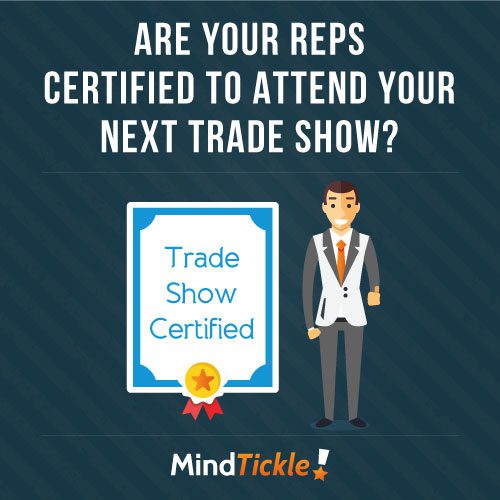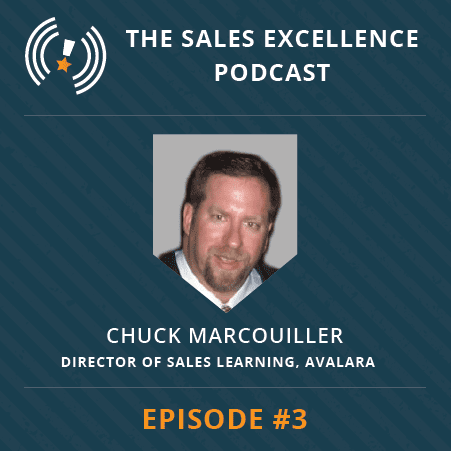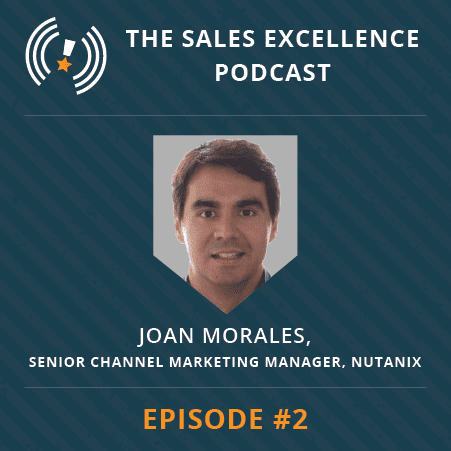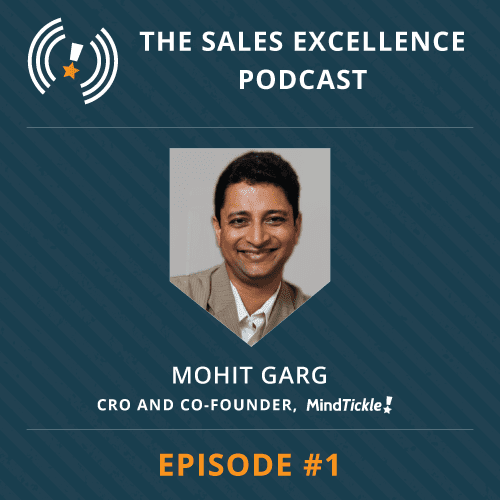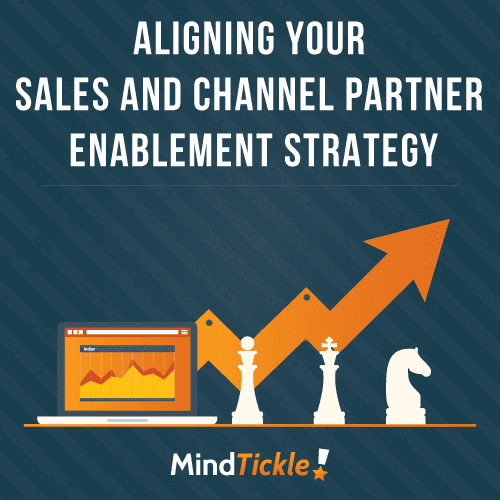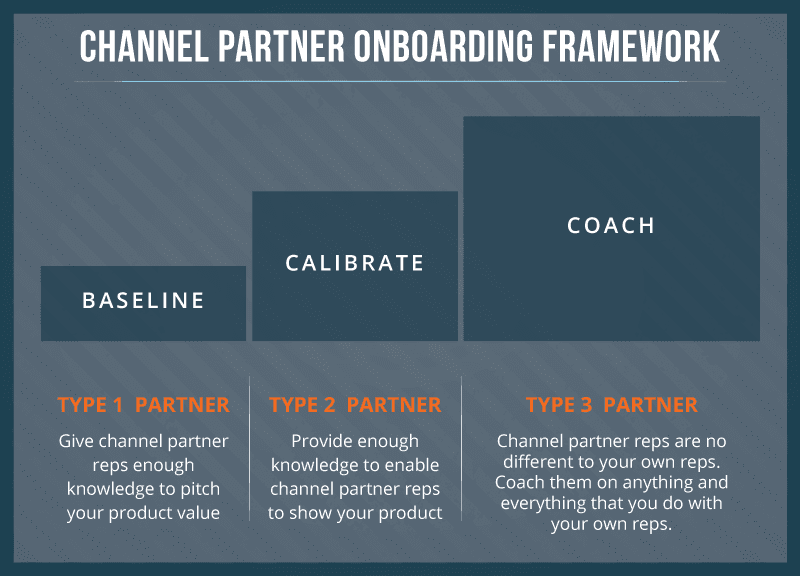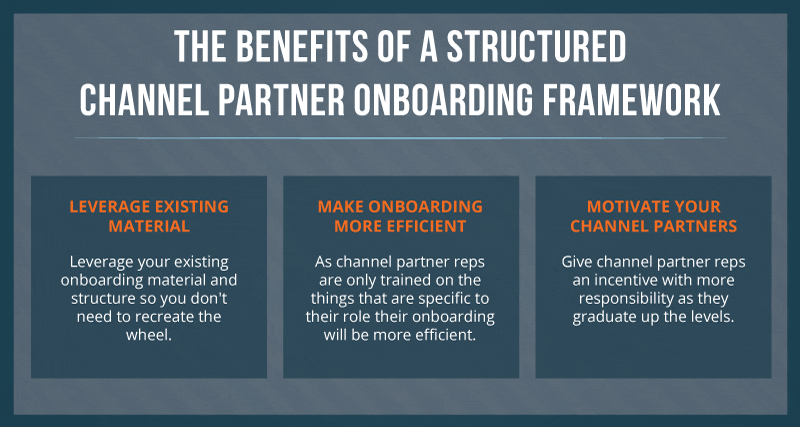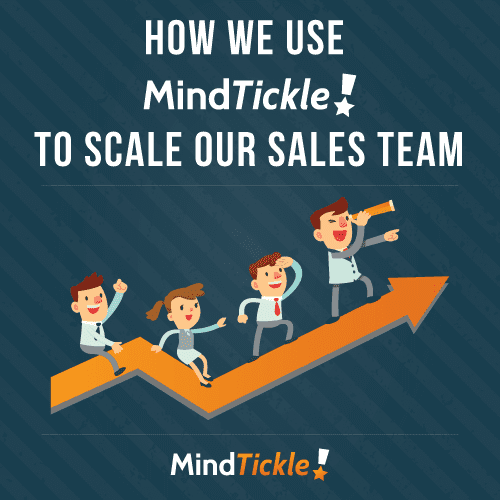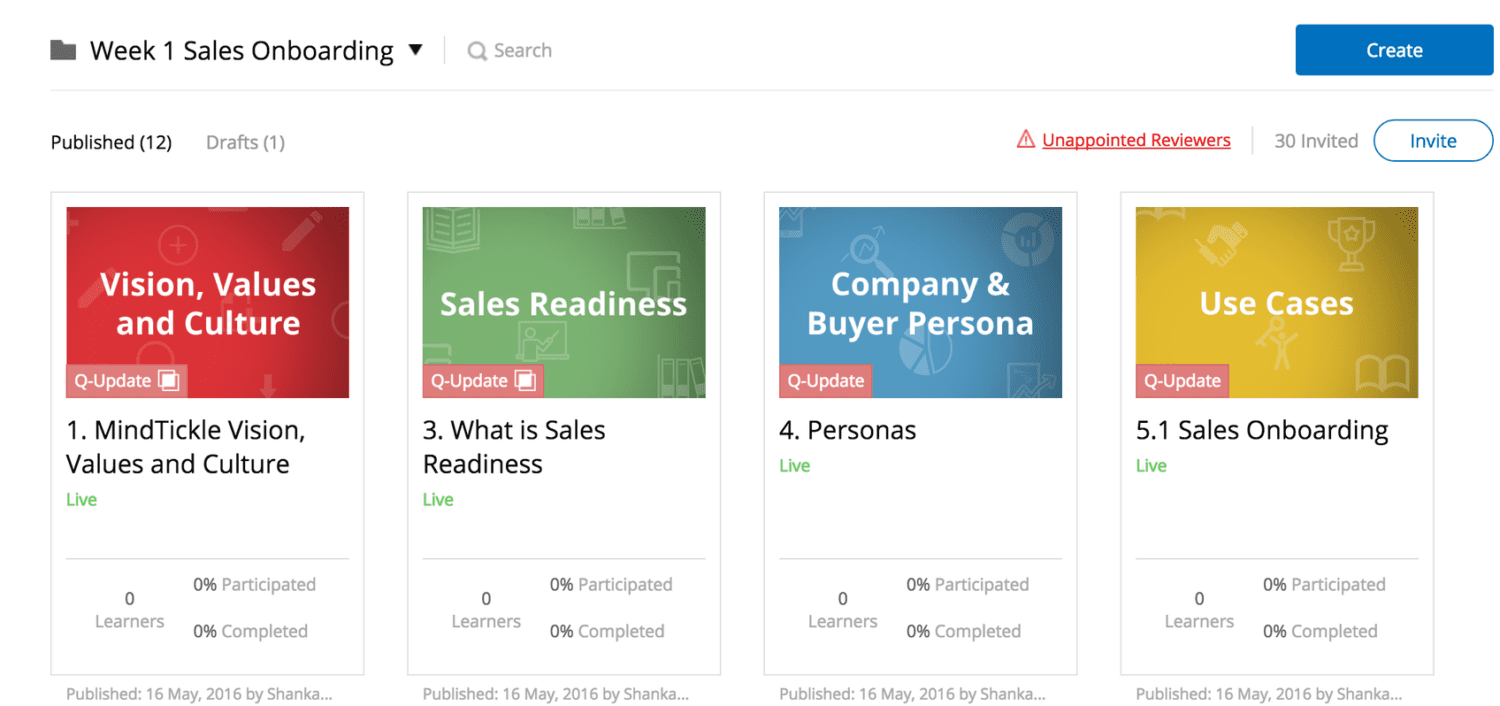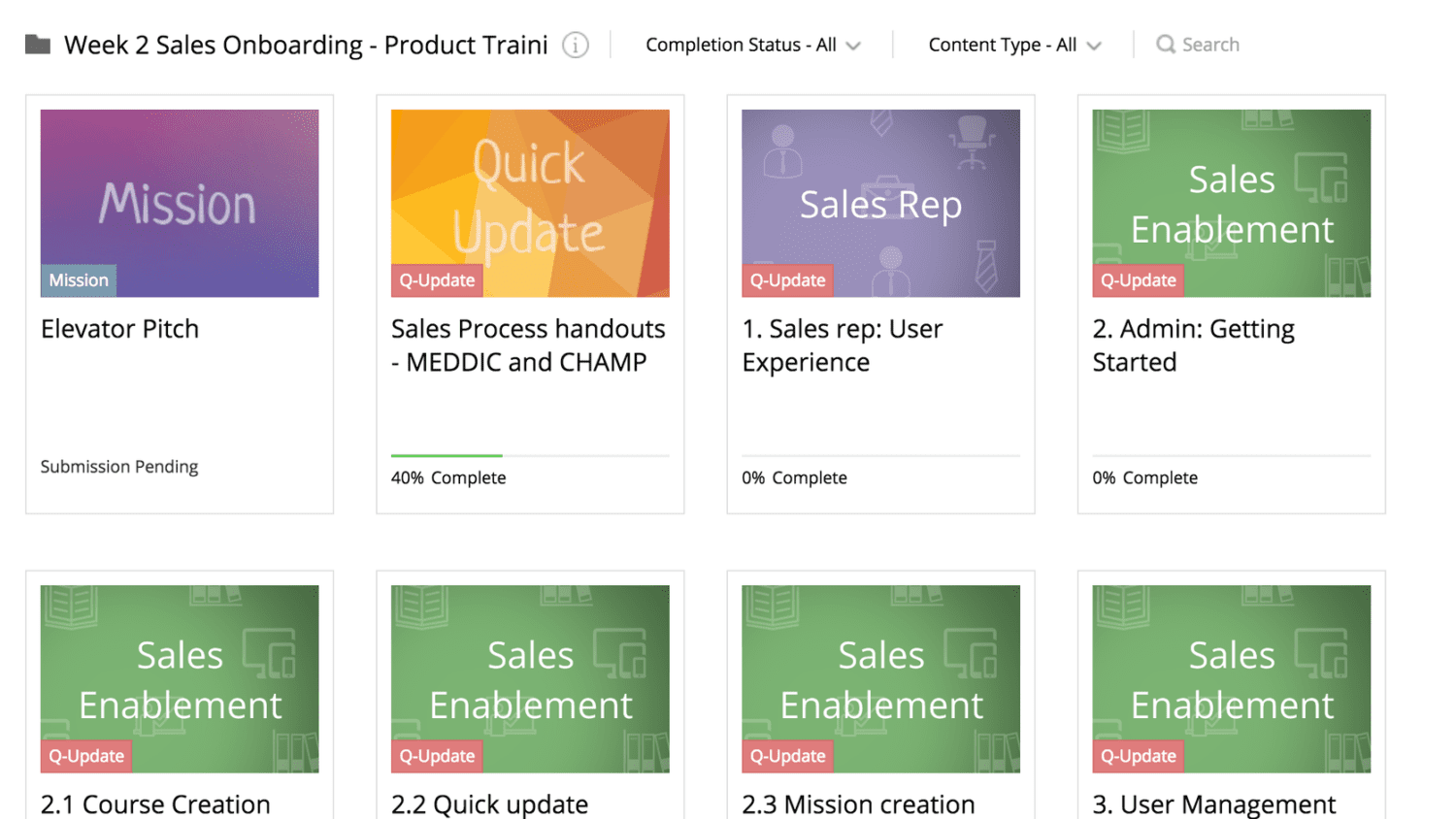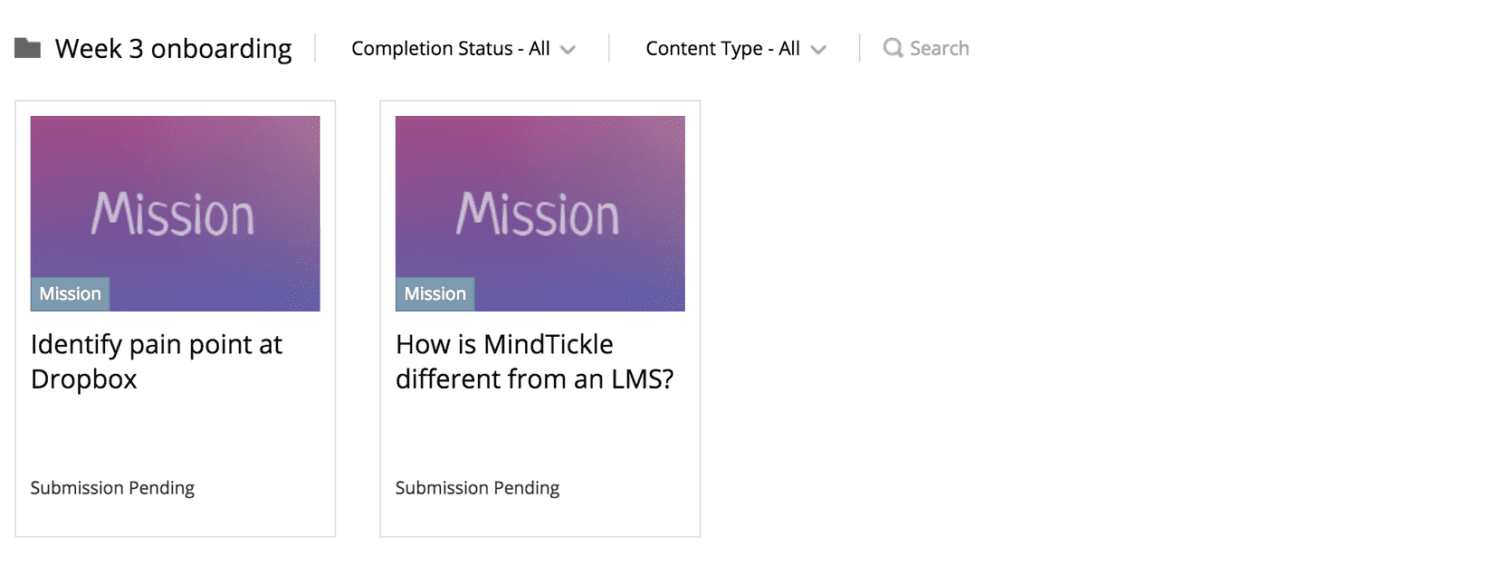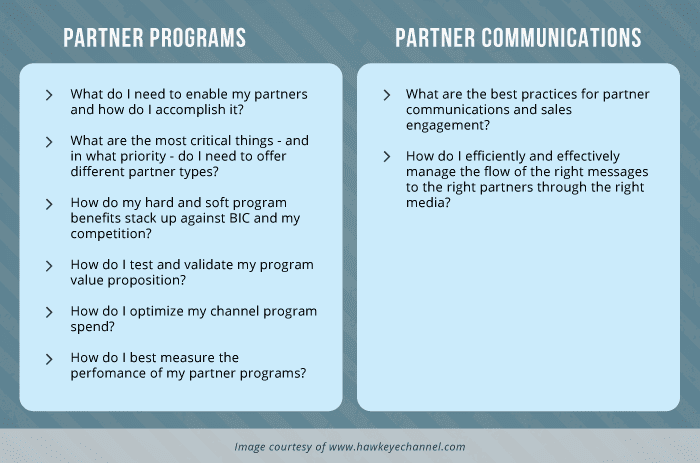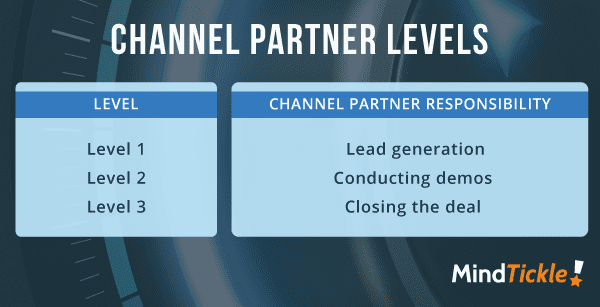According to research, 91% of Millennials expect to stay in their current job for three years or less, with 45% of companies reporting higher turnover rates among this group vs. other generations. They have no problem leaving a job for one that will be more accommodating to their millennial characteristics such as personal values and ambitions, holding these at a premium over career advancement in their current company. While Millennials are ambitious to move up in their careers, loyalty to the organization is not a particularly strong value.
If this is setting off your alarms, you are not the only one. Many hiring managers are concerned with the rapid job turnover of Millennials. You already know the impact of losing an employee after a short time after having invested in their learning and development.
It is critical to understand Millennial characteristics and how to keep them engaged at work.
Irrespective of the long-term aims and ambitions of an individual company, the ability to attract and retain millennial talent will be a vital step to achieving it.
– PwC’s 14th Annual Global CEO Survey
Here are 10 key personality traits human resources managers and learning and development professionals should understand when cultivating today’s Millennials to be tomorrow’s business leaders.
1. Millennial characteristics: motivated by meaning
What else do they want for career happiness? Millennials are constantly on the lookout for a job that provides more “meaning”. What does “meaning” mean, exactly? Through interviews, Fast Company uncovered that meaningful work allows you to:
- Share your gifts
- Make an impact in the lives of others
- Live your desired quality of life.
Getting these three components to align is the goal, but it’s certainly not easy. Millennials derive a sense of meaning from helping others, with 84% agreeing with the statement, “Knowing I am helping to make a positive difference in the world is more important to me than professional recognition.”
Finding meaning in their work isn’t just a “wouldn’t it be nice” factor – it’s fundamental. 77% of Millennials stated that their ability to excel in their job is contingent upon deriving meaning from their work. Unfortunately, less than half report feeling that they actually get this sense of “meaning”. Clearly, the structures currently in place by most organizations to motivate Millennials simply aren’t cutting it.
According to the 2013 Millennial Impact Research Report, organizations will know their message is resonating when Millennials are compelled to share their content. It’s an instant feedback loop that tells organizations what this audience finds interesting and worth disseminating. Sharing, in fact, is a form of indirect advocacy, in that it furthers education about the cause and draws other people to the issue.
2. Millennials challenge hierarchical structures
Millennials aren’t afraid to share their opinions and ideas, nor challenge those of their superiors. This comes not from a disdain for authority, but from the notion that the best possible outcome for the company will come from listening to everybody’s point of view.
They prefer a cross-functional way of working that transcends the constraints of rank, genuinely believing this is better for the business than blindly following orders passed down from the top of the totem pole.
3. Millennials want a relationship with their boss
Millennials want a manager that they can regard as a mentor, even a friend. They want to feel comfortable asking for feedback and advice and establishing a rapport of frequent communication. They work best in companies where they feel they have a “work family”, with co-workers and superiors looking out for them as individuals, not just trying to retain them as a “resource”.
4. Millennials are tech savvy, to say the least
Millennials breathe technology – though that may be an understatement… 53% of millennials said they rather get rid of their sense of smell than their digital devices. These “digital natives” grew up playing educational games in middle school and expressing themselves on social media in high school. In the work setting, Millennials don’t just approve of using social media, they insist on it, with 56% saying they would not accept jobs from companies that ban social media. They disagree with the notion that social media is a productivity-suck, having a keen understanding of the many ways that it can support a company’s business goals. Millennials have a firm grasp on how to use these tools to do things like build relationships, crowdsource solutions and research information on demand.
5. Millennials are open to change
Millennials don’t agree with doing something a certain way just because that’s how it’s always been done. They recognize that the business and technology landscape is constantly changing and that our ways of working should change with them. This gives them the reputation of sticking their nose up at the status quo, but with how quickly things are changing – is this really a bad thing?
6. Millennials are task (not time) oriented
69% of Millennials say they believe office attendance on a regular basis is unnecessary and 89% prefer to choose when and where they work rather than being placed in a 9-5 position. This is because they measure productivity by work completed, not by time spent in the office. They see no point in tracking an employee’s “facetime”, finding more importance in the actual value that he or she delivers to the organization. They are comfortable telecommuting and don’t mind working late nights and weekends, while recognizing the importance of taking personal time to recharge, for themselves and for their work. The ability to be flexible with when and where they do their work allows them to make more room for family and personal pursuits, aspects which they hold in high regard. For this reason, 45% of Millennials will choose a workplace with more flexibility over one with higher pay
7. Millennials have a hunger for learning
Just because Millennials are out of college, doesn’t mean they want to be done with learning. In fact, a strong millennial characteristic is that they are eager to continue expanding their skill sets and amassing knowledge, and holding intellectual stimulation as a top factor in workplace motivation.
Beyond understanding how to perform a task – Millennials want to know why. 95% said that they are motivated to work harder when they understand the importance of a particular task within the context of the company’s big-picture goals.
Also, social media is a key channel for learning and information transfer. According to the 2013 Millennial Impact Research Report, Millennials who want constant updates on an organization no longer rely on or return to websites to receive that information. Instead, they use websites first to learn about the organization, and then to connect with its social networks to stay updated. The smoother and more integrated the online experience, the better.
8. Millennials crave constant feedback
80% of Millennials said they want to receive regular feedback from their managers. They don’t want to have to wait for their mid-year review, preferring to receive bite-size feedback more often. They want to have clarity on how they’re doing day-by-day, seeing performance management as an ongoing journey, vs. a one-off event.
9. Millennials want recognition
Millennials also expect recognition for their hard work and accomplishments, with 89% saying a reward should be given for a job well done. This isn’t because this generation is needy and self-centered, rather – it’s because they crave indications that their superiors approve of their work. Unlike previous generations, they’re not holding off for the promotions and raises promised down the road – they want to know if they’re being successful today.
10. Millennials (don’t just) want to have fun!
Arguably, everyone wants to have fun – but Millennials want and even expect it in the workplace. With their less formal, task-oriented approach to work – they want to be able to have light moments in the workplace. This shouldn’t be confused with laziness or lack of professionalism – indeed, Millennials find business value in bonding with teammates and taking a break for creative inspiration. Not surprisingly, 90% of Millennials want their workplace to be social and fun, and 88% say that a positive company culture is essential to their dream job.
Next steps for learning and development professionals
So what does this mean for learning and development professionals? You can start by nailing down the following points for a successful Millennial learning and development plan described in this recent report by PWC:
- Provide mentoring and coaching. Millennials respond well to mentoring from more experienced employees. They would like to see their manager as a coach who supports them in their professional development – just keep in mind that they generally prefer to learn by the application than by being told what to do.
- Set clear targets and offer regular and structured feedback. Millennials welcome and expect detailed regular feedback. 51% of those questioned said feedback should be given very frequently or continually on the job and only 1% said feedback was not important to them. That’s huge!
- Cultivate an environment of continuous learning. Millennials expect ongoing learning as they enter the workplace and spend a high proportion of their time absorbing new information. 35% said they were attracted to employers who offer excellent training and development programs for this reason and saw it as the top benefit they wanted from an employer.
- Invest in learning technology. Millennials respond well to a range of digital learning styles and delivery methods, which might include online learning modules, webinars or interactive game-play. They are innately collaborative and accustomed to learning in teams and by doing.
- Offer training in workplace behavior and culture. Human resources leaders have found that millennials often require training in fundamental workplace behavior and culture. Because they are accustomed to instant responses when they chat with friends via text, they may not realize that older workers do not always treat messages with the same urgency.
By understanding the millennial generation characteristics outlined above, companies can address the professional values that make this demographic so different from past generations.
